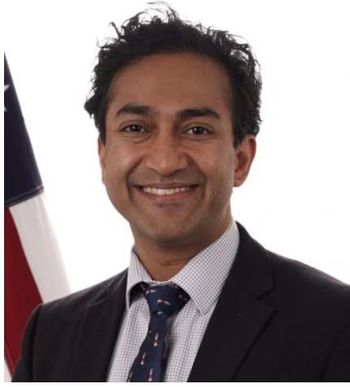
Baby Boomer HCV Screening Rates Remain Low, Study Finds
Black and Hispanic boomers had lower odds of HCV screening between 2013-2015, as did female and older members of the 1945-1965 cohort.
Female gender, increasing age, and black and Hispanic ethnicity linked with lower odds of screening
The rate of hepatitis C virus (HCV) screening of baby boomers is low and has increased only modestly, according to a new cross-sectional analysis of data from the 2013-2015 National Health Interview Surveys.
Only 12.8% of baby boomers reported in 2015 that they had ever had a blood test for HCV, up just 1.3% from the 2014 survey, authors of the study
“While HCV screening is increasing over time, there is substantial room for improvement,” wrote lead author Monica L Kasting, PhD, of the Department of Health Outcomes and Behavior, H Lee Moffitt Cancer Center, Tampa, Florida, and co-authors.
Screening rates for baby boomers remain low despite multiple recommendations and potential benefits, Kasting and colleagues noted.
In 2012, the Centers for Disease Control and Prevention
The authors point to results of a previous study that showed universal age-based screening of baby boomers could pick up 75% of the individuals living with chronic HCV infection not detected by risk-based screening. Moreover, one-time testing of this birth cohort results in an incremental cost effectiveness ratio in line with other cancer screenings, according to Kasting and colleagues, who noted that HCV infection is the single strongest predictor of hepatocellular carcinoma in the United States.
“Without intervention,” the authors emphasized, “the United States is unlikely to meet its Healthy People 2020 HCV screening goal of having at least 60% of those infected with HCV aware of their infection.”
Kasting and colleagues assessed HCV screening prevalence across four birth cohorts:• Pre-1945 (n = 15,100),
• 1945-1965 (ie, baby boomers) (n = 28,725)
• 1966-1985 (n = 28,089)
• 1985 or later (n = 13,296)
Results
The proportion of baby boomers reporting HCV screening was 11.9% in 2013, 11.5% in 2014, and 12.8% in 2015. Screening rates were similar for the 1966-1985 cohort at 13.7% to 14.9%, while screening rates were considerably lower in the oldest and youngest cohorts.
In the baby boomer cohort, the apparent slight decrease in reported HCV screening from 2013 to 2014 was attenuated in multivariable analysis that controlled for other factors.
In the final model, odds of HCV screening among baby boomers did increase significantly with each ensuing year, with odds ratios of 1.20 (95% CI, 1.05-1.38) and 1.31 (95% CI, 1.13–1.52). Factors positively associated with HCV screening included use of preventive health services, having seen a health care provider in the past year, and having been screened for colon cancer.
The results showed that blacks and Hispanics had lower odds of screening in the baby boomer cohort, as well as in the second youngest cohort. Female gender also was associated with decreased odds of HCV screening among baby boomers, as was increasing age.
“Future research should develop interventions to increase HCV screening with special focus on groups demonstrating significantly lower screening rates, such as Hispanics and females,” Kasting and colleagues concluded.
Source: Kasting JL, Giuliano AR, Reich RR, et al.
Newsletter
Enhance your clinical practice with the Patient Care newsletter, offering the latest evidence-based guidelines, diagnostic insights, and treatment strategies for primary care physicians.















































































































































































































































































